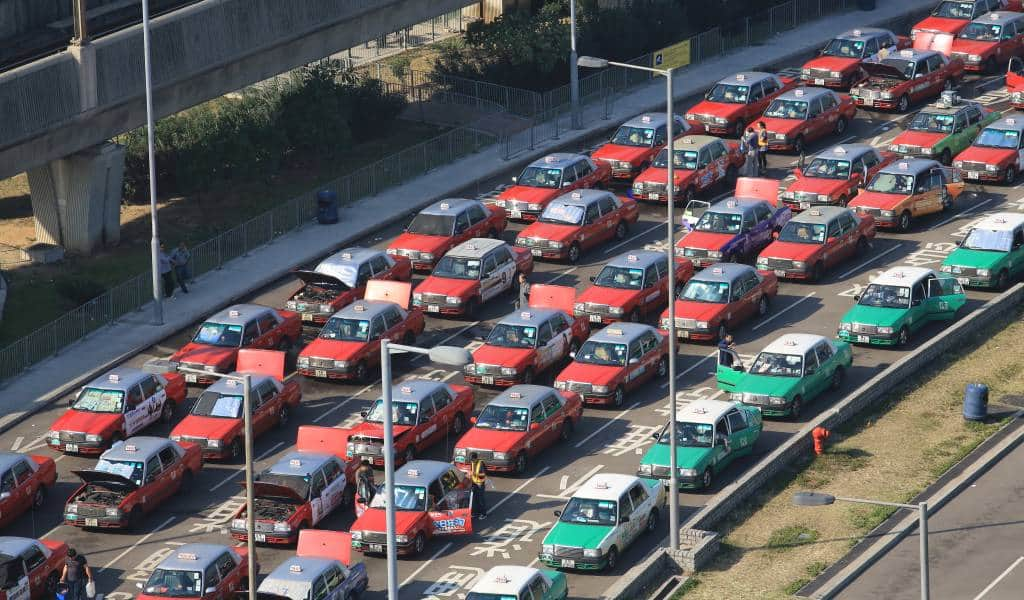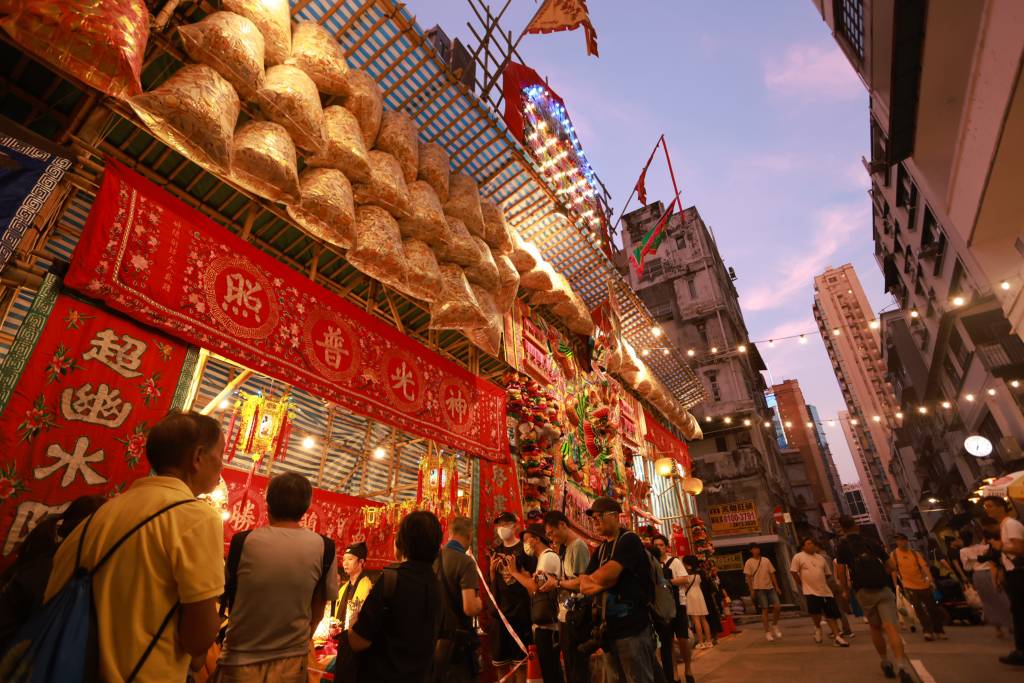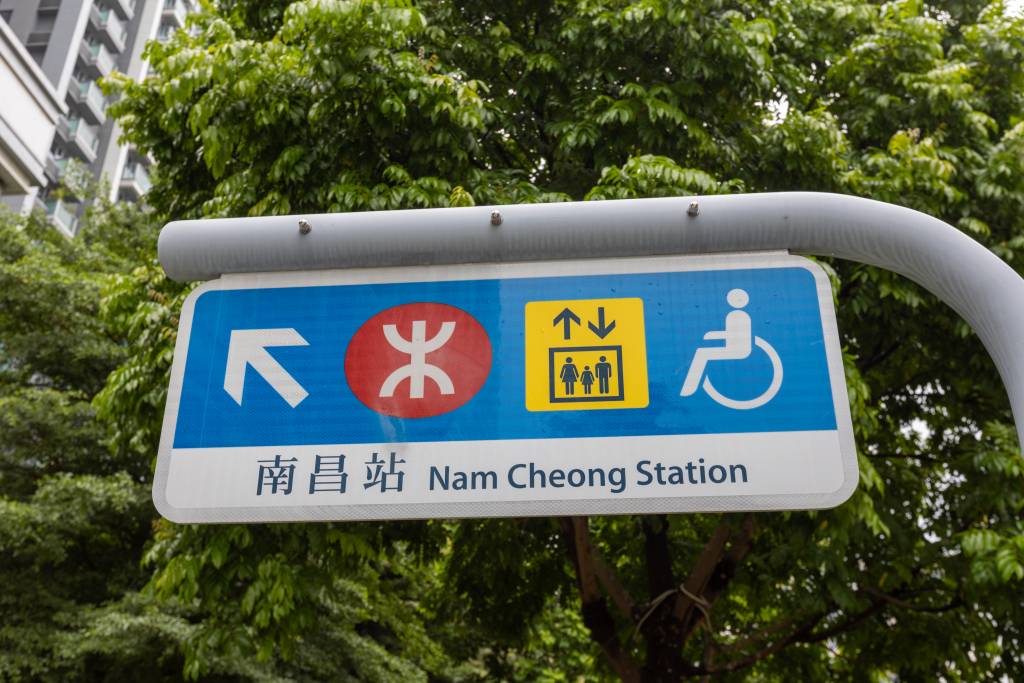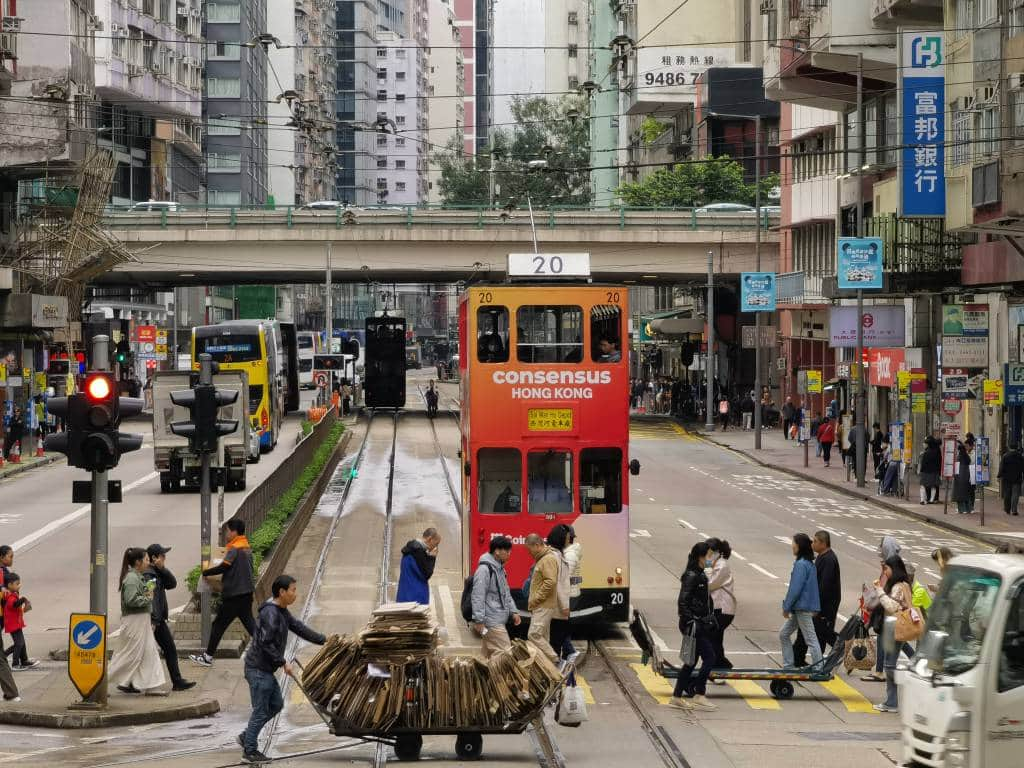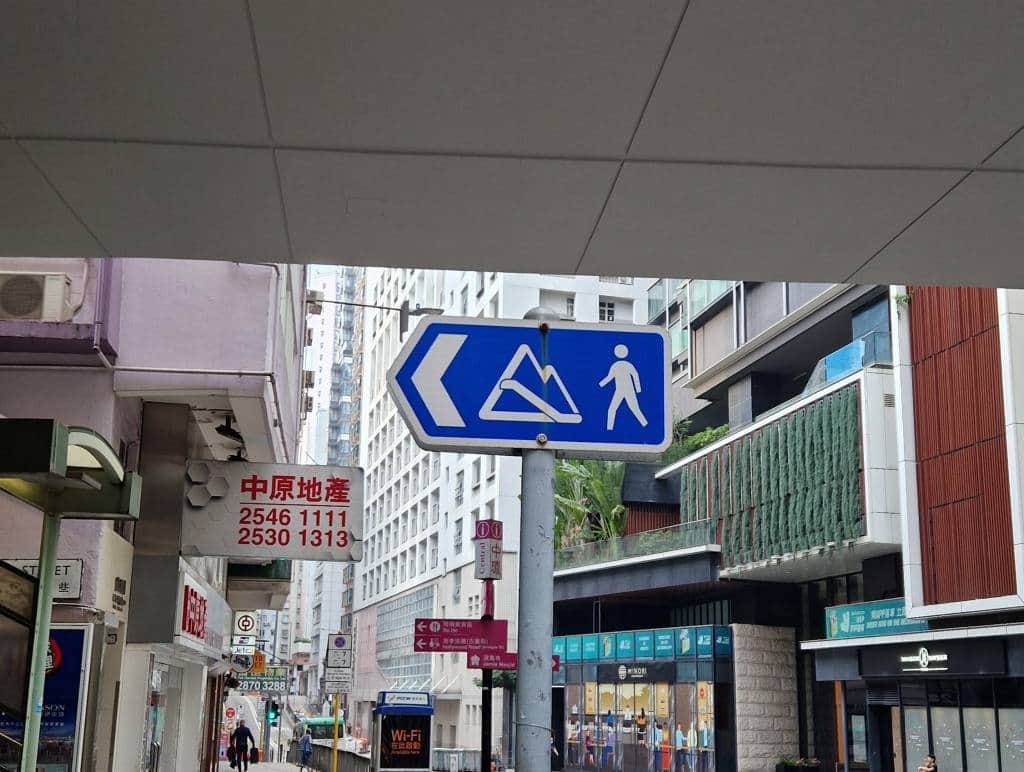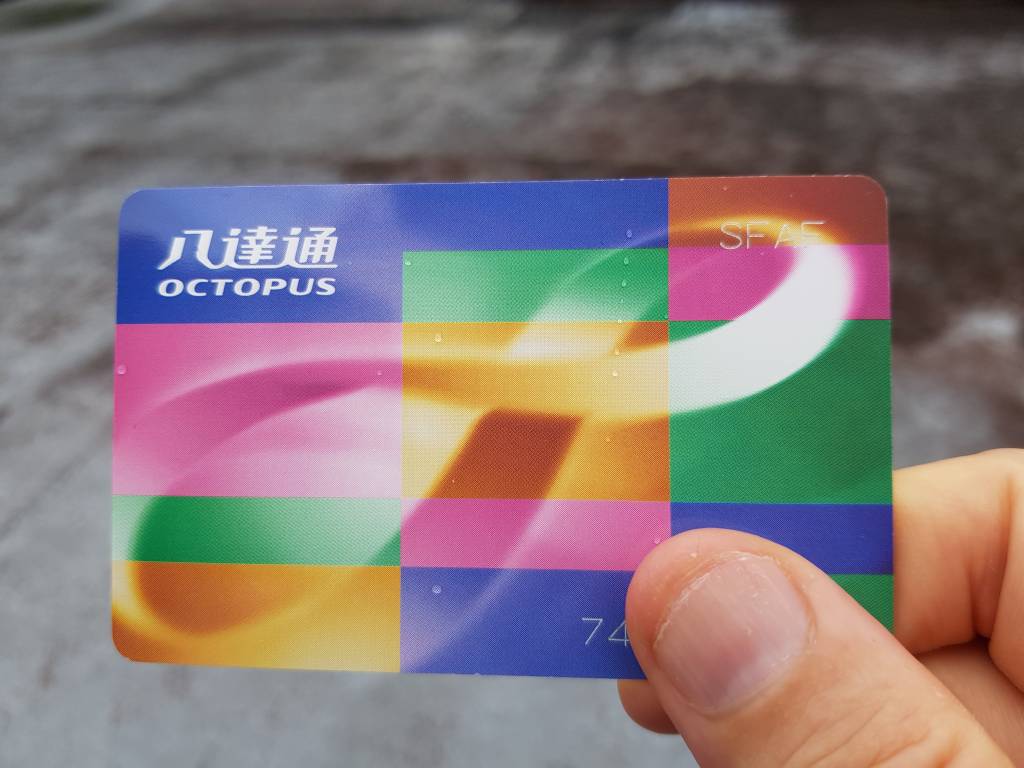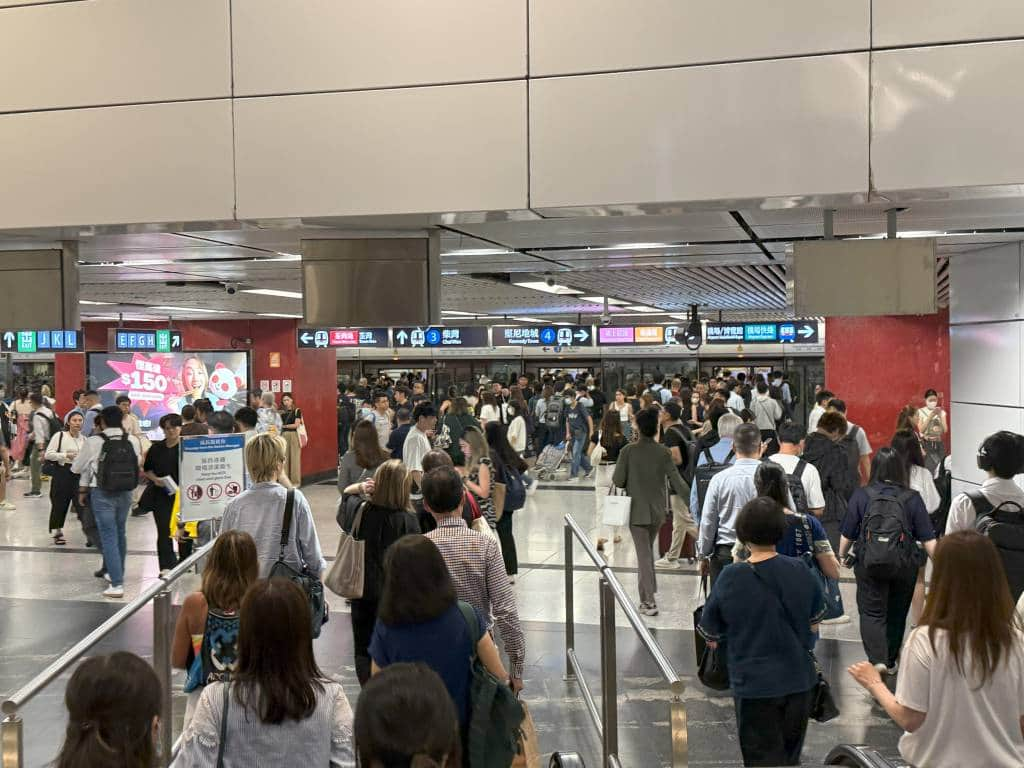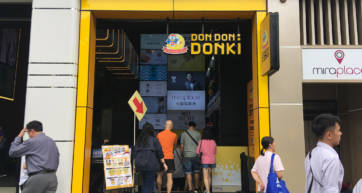Hong Kong is one of the most convenient cities in the world when it comes to getting around, with numerous cheap and efficient transport options. But the easiest and fastest way is to take a taxi. It is also a quintessentially Hong Kong experience, a la Fast and Furious. On the other hand, with all the different types of taxi available, it can be a confusing experience. Here’s the ultimate guide to everything you need to know about how to use Hong Kong taxis
Why are there different kinds of taxi in Hong Kong?
There are three main types of taxis in Hong Kong: red, green, and light blue. Knowing which one to use can be one of the most confusing things for visitors. (See also, Hong Kong’s 16-seater minibuses.)
Most taxis can carry up to five passengers. There is a semi-circular green sticker on the right side of the taxi which displays the number of seats the car can carry.
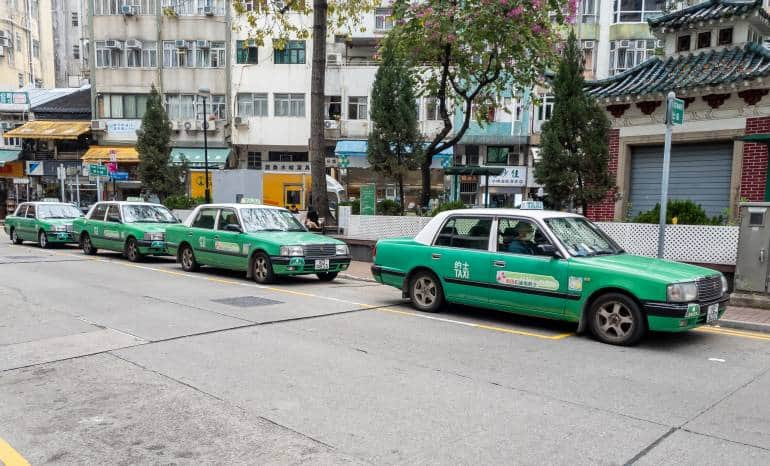
Red taxis
- Red Hong Kong taxis can pick you up and drop you off in most parts of Hong Kong, whether it’s Hong Kong Island, Kowloon, or the New Territories
- Red taxis are also known as urban taxis, they are the most common type of taxi in Hong Kong
- They also have the highest fares among Hong Kong taxis
Green Taxis
- Green Hong Kong taxis operate in Tuen Mun, Yuen Long, Sha Tin, Tai Po, Northern District, and most parts of Sai Kung
- You may struggle to get a green taxi driver to take you from these areas to another part of Hong Kong
- Also known as the New Territories taxi, they mostly run in the New Territories but also serve a few other areas
- Green taxis are the second most expensive type of taxi in Hong Kong
Light blue taxis
- Blue Hong Kong taxis are found on Lantau Island and Chek Lap Kok (near the airport), except in most of Discovery Bay
- Also known as Lantau taxi, they’re the only taxis allowed to operate across Lantau — and there are only 75 of them in total!
- Blue taxis cannot operate outside of Lantau
How do you hail a taxi in Hong Kong?
There are a few different ways to flag down a taxi. The easiest way is to go to a taxi stand, which is usually around train stations or sightseeing spots. If you can’t find a taxi stand nearby, stand near the curb and raise your arm out to flag down a taxi.
Make sure you choose a spot where it is legal for traffic to stop – otherwise you’ll find yourself being ignored by every taxi driver that passes by.
Vacant taxis display a “For Hire” sign on the windscreen. Alternatively, if the “taxi” light at the top of the car is on, it means the taxi is available. Or if you spot a passenger exiting a taxi, you can also ask the driver if they can take you.
Another way is to use a taxi booking app. UberTaxi and FlyTaxi are a few options. There is also a taxi booking hotline +852 (810) 92 222, which connects callers to taxi operators around Hong Kong.
How do you pay for a taxi in Hong Kong?
The majority of Hong Kong taxis only accept cash. Bring HK$50 to HK$100 notes, especially if you’re travelling early in the day. Chances are, drivers may not have enough change at that time.
Some taxis have started to accept the Octopus card, while some drivers also take payment by PayMe. A few taxis also allow e-payments via Taxi Pay x Wonder (or Taxi Pay). There are 18 digital options available, including credit cards, FPS, WeChat Pay, Union Pay, and Apple Pay.
Passengers who opt for this method should scan the QR codes on the taxis or tap their cards or mobile phones on the payment machine.
How much does it cost to take a taxi in Hong Kong?
Taxi fares are displayed inside the taxi on the dashboard. The fare for the first two kilometres is:
- Red taxi: HK$29.00
- Green taxi: HK$25.50
- Light blue taxi: HK$24.00
After the first two kilometres, the fare is as follows:
- Red taxi: HK$2.10 per 200 metres
- Green and light blue taxi: HK$1.90 per 200 metres
There is also an additional HK$6.00 charge for every piece of baggage stored in the boot of the car. Routes that have to cross the Victoria Harbour through the Cross Harbour Tunnel incur a tunnel toll fee of HK$25.00.
Do I have to tip taxi drivers in Hong Kong?
In a word, no.
However, you might want to round the fare up to the nearest dollar and save some time while the driver digs through their pockets looking for change.
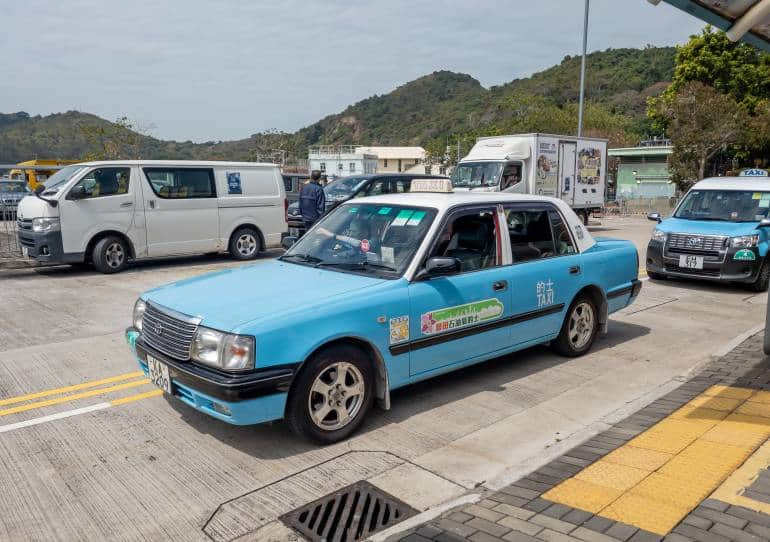
What are the alternatives to taking a traditional taxi in Hong Kong?
In 2025, five new taxi fleets will join the ranks of the red, green, and light blue taxis. They will make up 20% of the city’s total taxis.
The aim is to freshen up the taxi industry and provide more quality service, as there have been long-standing complaints about the standard of service and limited number of Hong Kong taxis. The traditional taxis are also behind in adopting digital payments.
The fleets are a mix of electric, hybrid, wheelchair accessible, and premium types. However, fares are much more expensive than regular taxis due to special features. All the new taxi operators accept electronic payments.
Below are the features of each of the new taxi fleets.
Amigo
- Bright fuchsia colour
- Operating in urban areas
- Available as six-seater smart taxis with AI-powered ride features and fare calculation
- A fleet of 1,000 new taxis by July 2025
Big Boss
- Available as red (standard) and black (premium) six-seater vehicles
- 300 taxis by July 2025, 10 of which are wheelchair accessible
- Includes state-of-the-art sound systems and automatic massage seats
- Sunroof, soundproof glass cockpit, tray table, and micro air outlets
Big Bee
- In yellow and red colours
- 1,000 taxis by July 2025
- Electric vehicles to reduce carbon emissions
- Includes AI Internet of Things with real-time GPS positioning and 5G WiFi
- Equipped with emergency SOS buttons and first aid kits
Joie
- In a deep orange colour
- A total of 800 taxis are available, 100 of which are wheelchair accessible
- A mix of electric models, wheelchair-accessible units, and hybrid vehicles
- Includes wireless internet and multi-lingual booking services
SynCab
- In white and red colours
- The only fleet operating in all areas of Hong Kong
- A total of 425 taxis by July 2025
- Six seats with WiFi and USB charging, a ramp for wheelchair users
Useful phrases to know when taking a taxi in Hong Kong
- (Place name) mm goi Use this phrase to tell the driver where you want to go. “mm goi” means “please”. Choose a well-known destination, or the name of a landmark or hotel, unless you know the specific address. If the driver is unsure of the address, he/she will use GPS
- Li dou mm goi If you spot the area you want to get off at, you can say this to the driver, which means “here, please”. Alternatively, you can also use Li dou yau lok mm goi which means “I want to get off here”
- gei chin ah? How much is it?
- jun jou Turn left
- jun yau Turn right
- chek hui This means “keep going” or “go straight”
- fai di mm goi Use this if you’re in a hurry. It means, “faster, please.” You won’t need to use this one very often.
More Hong Kong travel tips
For more travel tips, read our ultimate guide to getting around Hong Kong.

